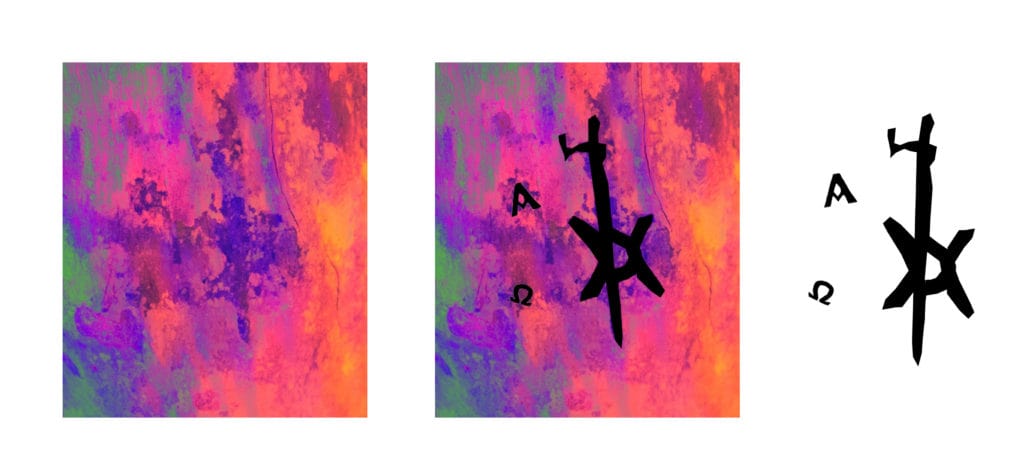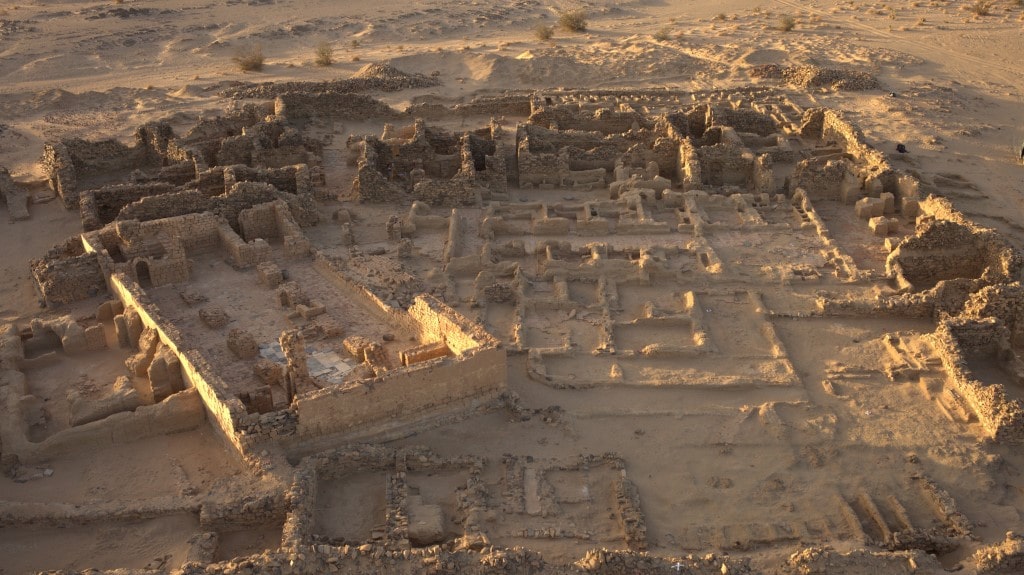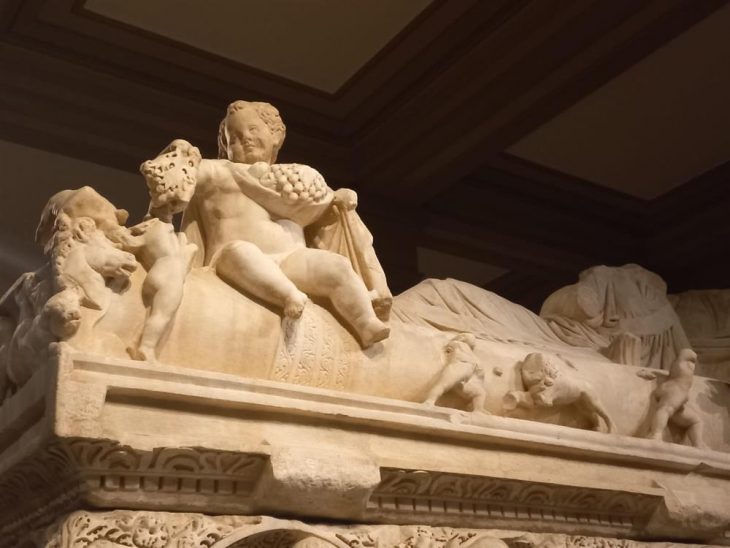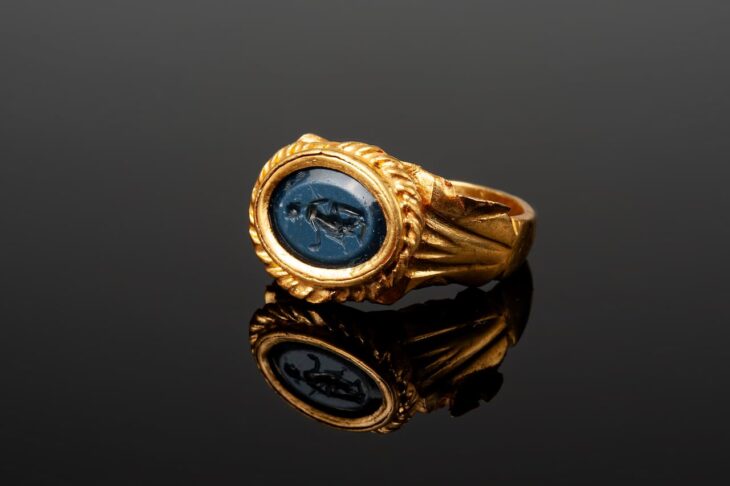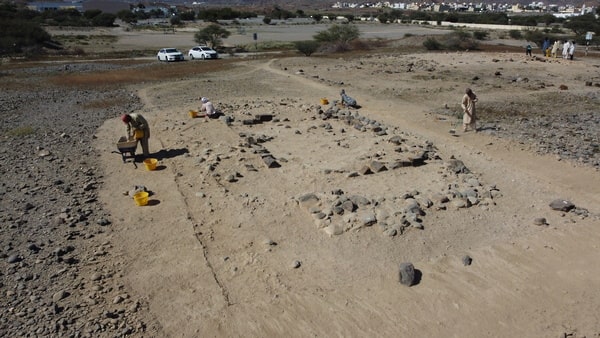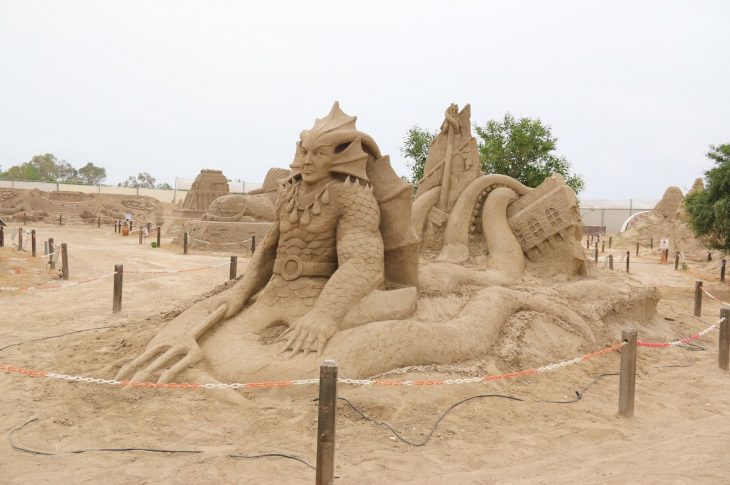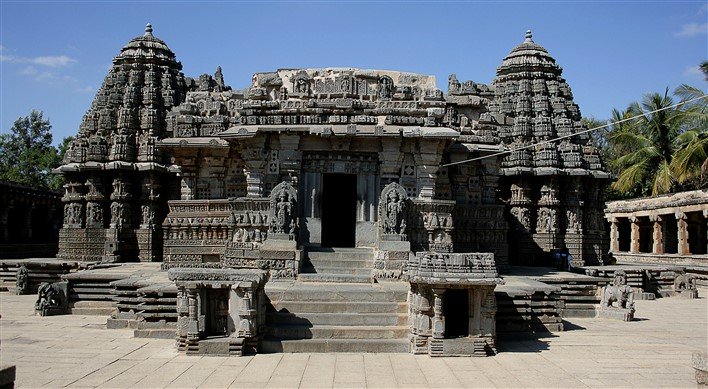A Polish-Sudanese research team investigating the medieval African monastery of Ghazali discovered a rare medieval religious tattoo in a tomb near the monastery. This is only the second time the practice of tattooing has been evidenced in medieval Nubia.
The medieval monastic site of Ghazali is one of the best-preserved archaeological sites in Sudan. Located in the Wadi Abu Dom region of the Bayuda desert, in the northern province of Sudan, about 20 km from the modern town of Karima.
Between 2012 and 2018, a Polish-Sudanese team from the PCMA UW headed by Prof. Artur Obłuski investigated a medieval (7th–13th century) Christian monastery at the site as well as four cemeteries within which hundreds of graves are present. The human remains are currently being studied by bioarchaeologist Dr. Robert J. Stark of the PCMA UW and his colleagues, who are investigating the provenance of the local population and are seeking to learn what life was like for the people who were buried there.
A recent discovery from the site ranks among the most interesting. During photo documentation in connection with doctoral research being conducted in the Polish Centre of the Mediterranean Archaeology University of Warsaw (PCMA UW) bioarchaeology lab, Kari A. Guilbault of Purdue University serendipitously identified what has been confirmed as a tattoo on the right foot of one of the individuals interred in Cemetery 1 at Ghazali.
The tattoo depicts a Christogram and the Greek letters, “alpha” and “omega”. A Christogram is a religious symbol combining the Greek letters “chi” and “rho” to form a monogram abbreviation for the name of Christ. The letters “alpha” and “omega,” the first and the last letter of the Greek alphabet, stand for the Christian belief that god is the beginning and the end of everything.
“It was quite a surprise to all of a sudden see what appeared to be a tattoo when I was working with the Ghazali collection. At first, I was not certain, but when the images were processed and the tattoo was clearly visible, any initial uncertainties were removed,” notes Kari A. Guilbault.
Documentation of this tattoo from Ghazali brings forth numerous questions about the practice of tattooing and signs of faith in medieval Nubia.
Polish Centre of Mediterranean Archaeology University of Warsaw
Cover Photo: Images of the tattoo on the dorsal (top) side of the right foot. The picture was taken with a full spectrum camera and digitally enhanced using ImageJ software with a DStretch plugin. (Photo: Kari A. Guilbault)

